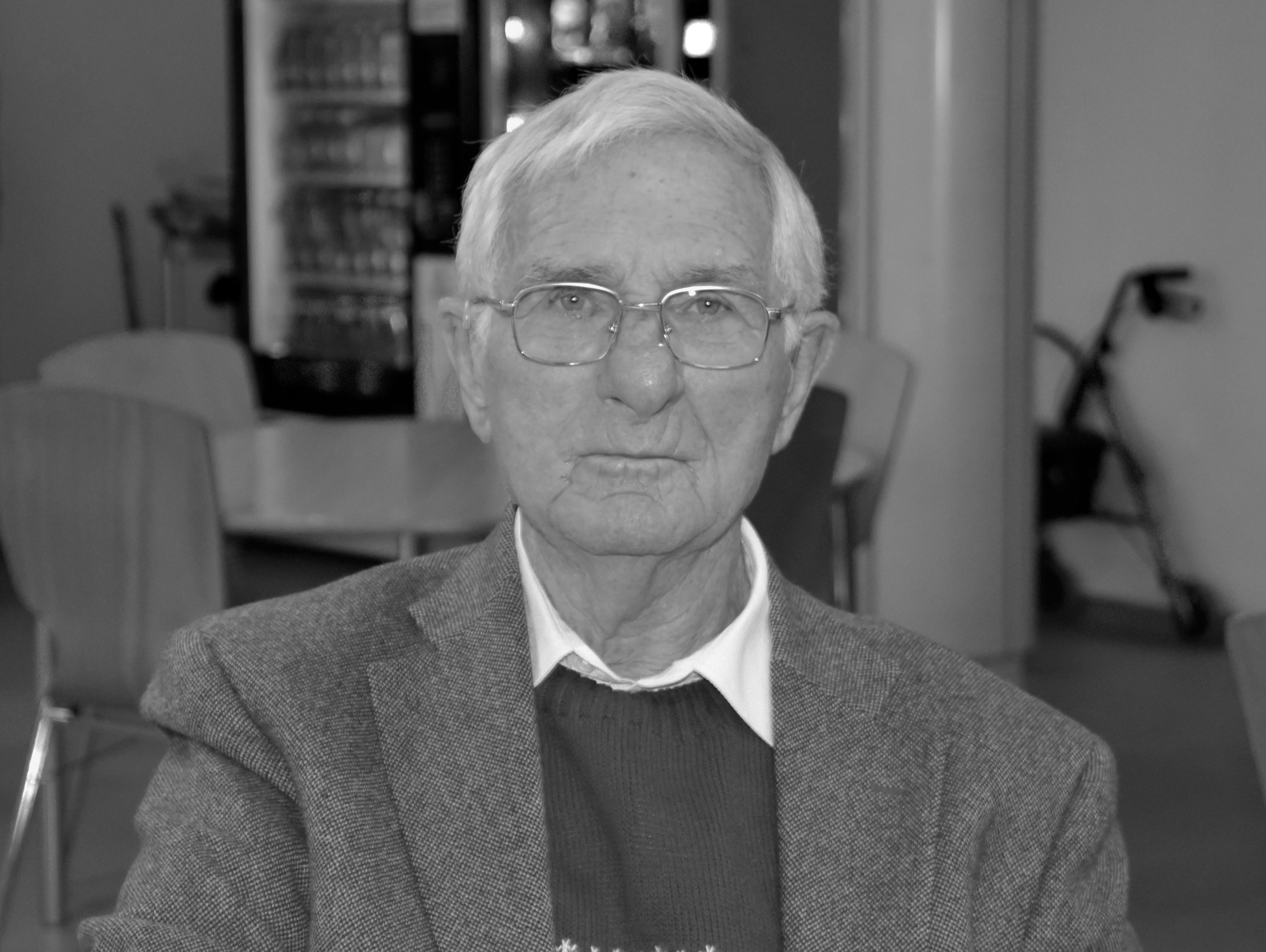

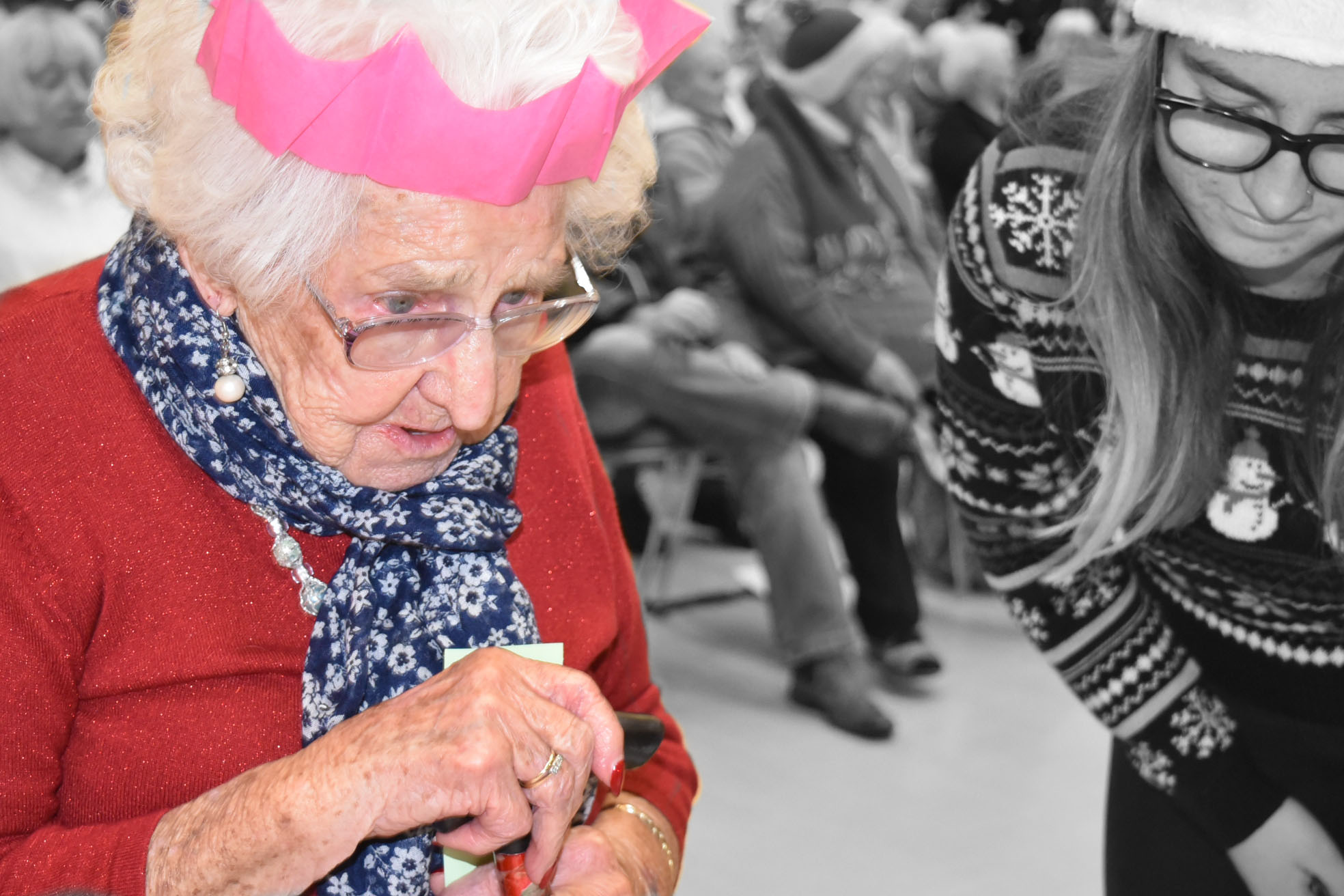
Analysis of final piece
Context
Both of these photographs were taken when the subjects had either just received their prize/gift. They were taken in the hall at Hautlieu School during the senior Christmas party. This was the end of the party and everyone had had a good time.
Conceptual
My aim with this edit, was not to be the most technical and aesthetically pleasing, but was to capture the overall mood of the event, and I think that I was successful in doing this. I feel that this edit shows that the general happiness of this afternoon was beautiful in it’s own way, and very rewarding and worthwhile.
Visual
This image does contain some little hints of colour, i.e, the red on the subjects top and also the blue gift in the masked layer, however, overall is not too colourful and eye-catching, if I were to re-edit I think that I would enhance the colour by adjusting the highlights, shadows and maybe the vibrancy of both layers to make it all stand out more. However, I like that this photo was taken against a white wall, consequently the subject gets all of the viewers attention and focus.
Technical
This photo was not taken the most technically. The lighting was all artificial, this photograph was taken in the hall with overhead bright main lighting and no flash. Ultimately this was because this was not a planned photo shoot, but capturing events as they happened. I had my camera on the ‘manual focus’ setting so that I could decide who and what I was focusing on and I think this did help as I was able to have more control, as I was not in control of the environmental factors.

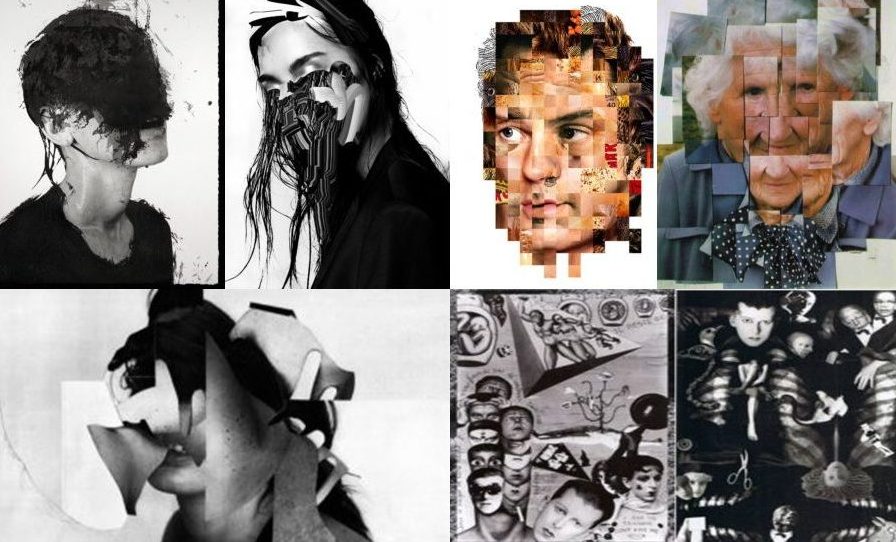
 Lorna Simpson—gender identity
Lorna Simpson—gender identity Paul Sepuya—cultural and national identity / gender identity
Paul Sepuya—cultural and national identity / gender identity Shirin Neshat—cultural identity
Shirin Neshat—cultural identity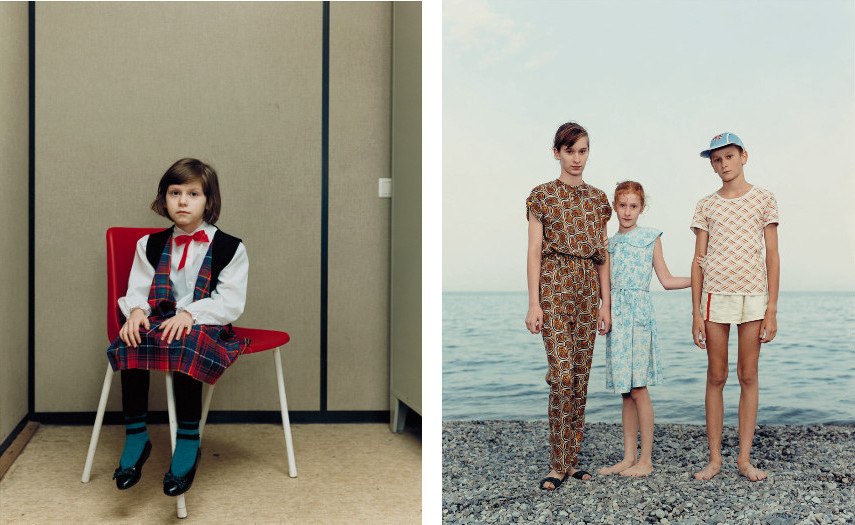 Rineke Dijkstra—geographical, political and social identity
Rineke Dijkstra—geographical, political and social identity Sarah Maple—gender identity
Sarah Maple—gender identity



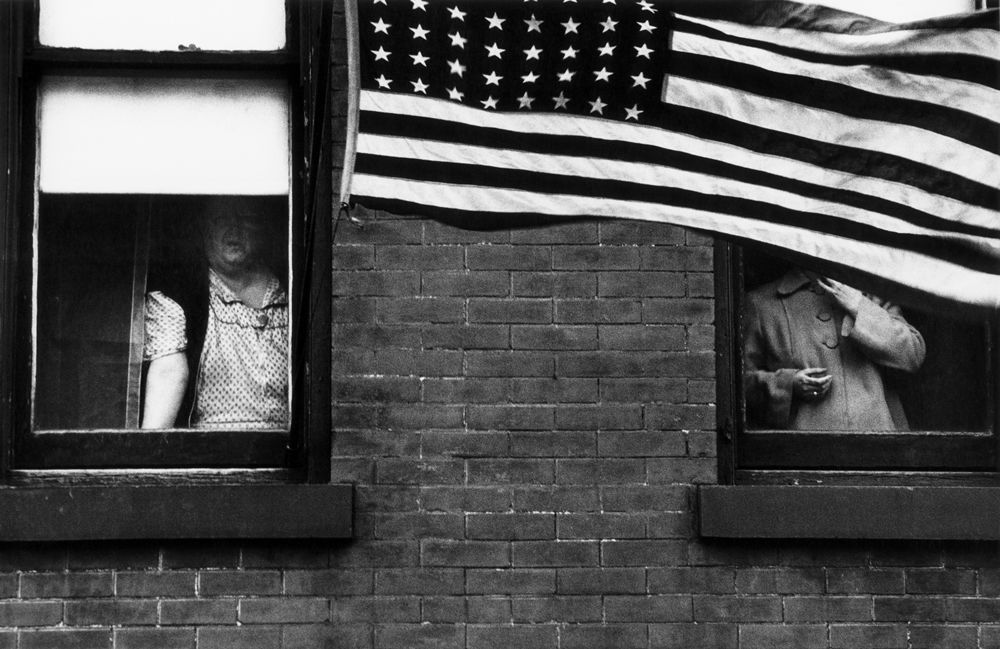








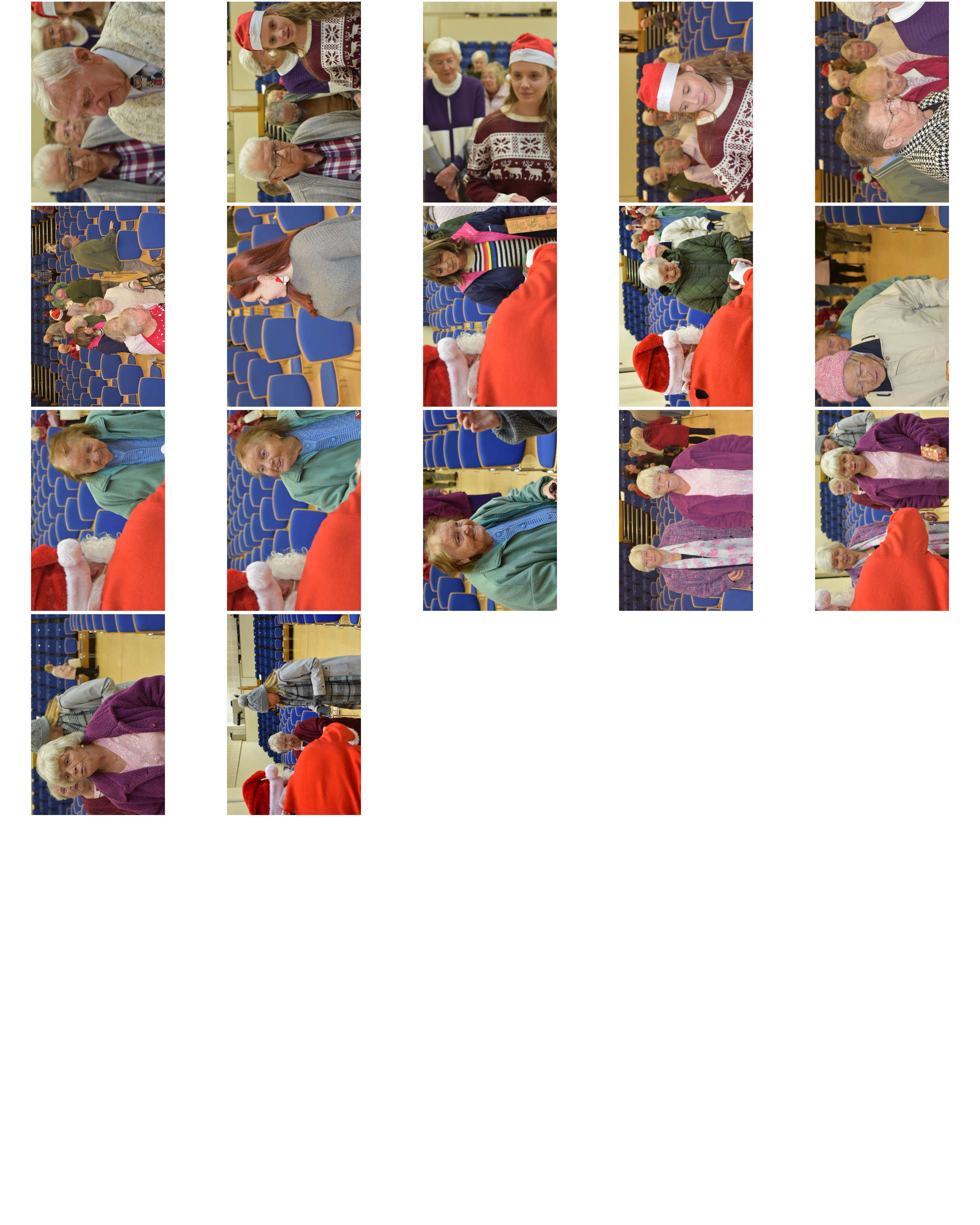
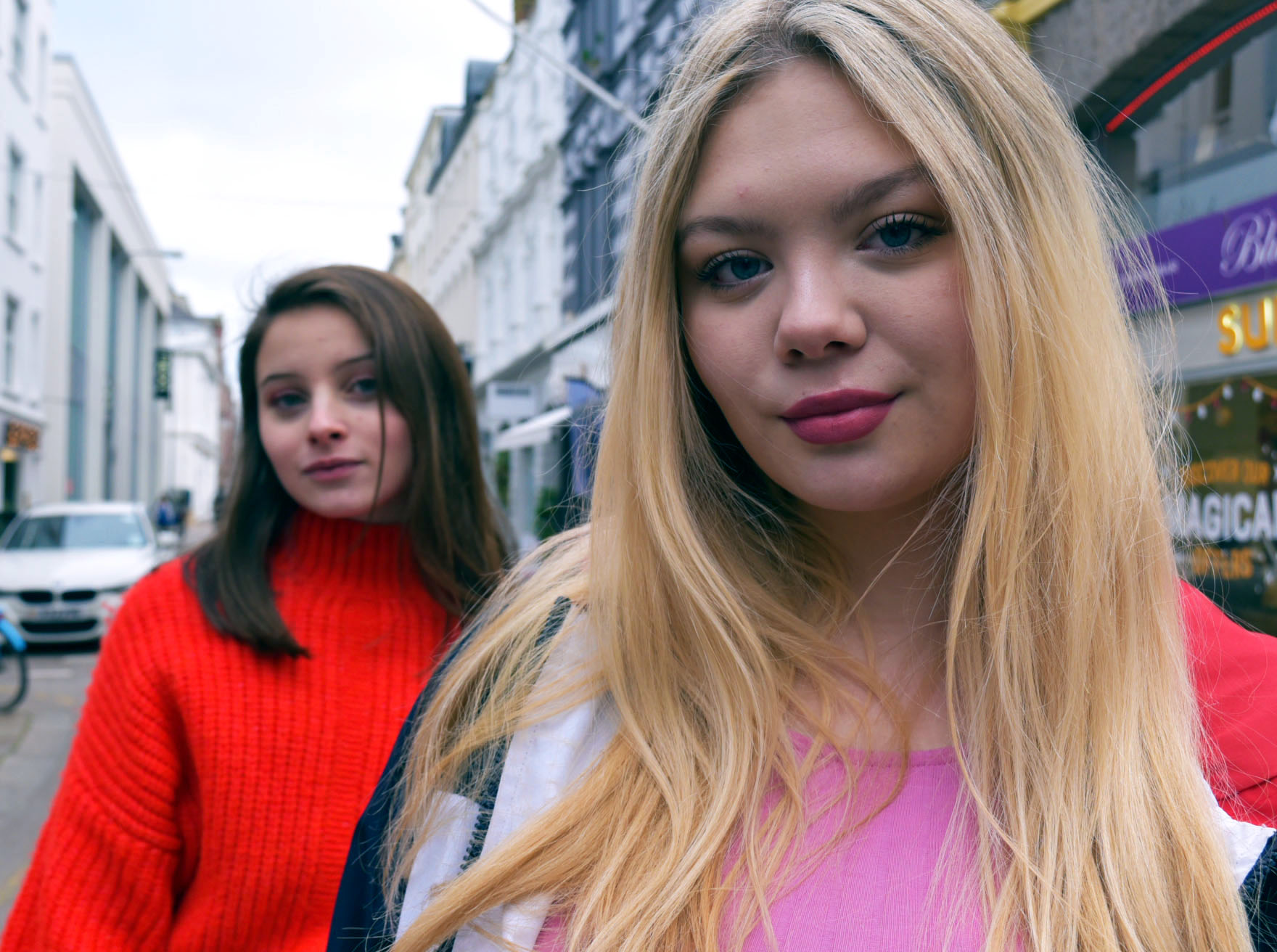
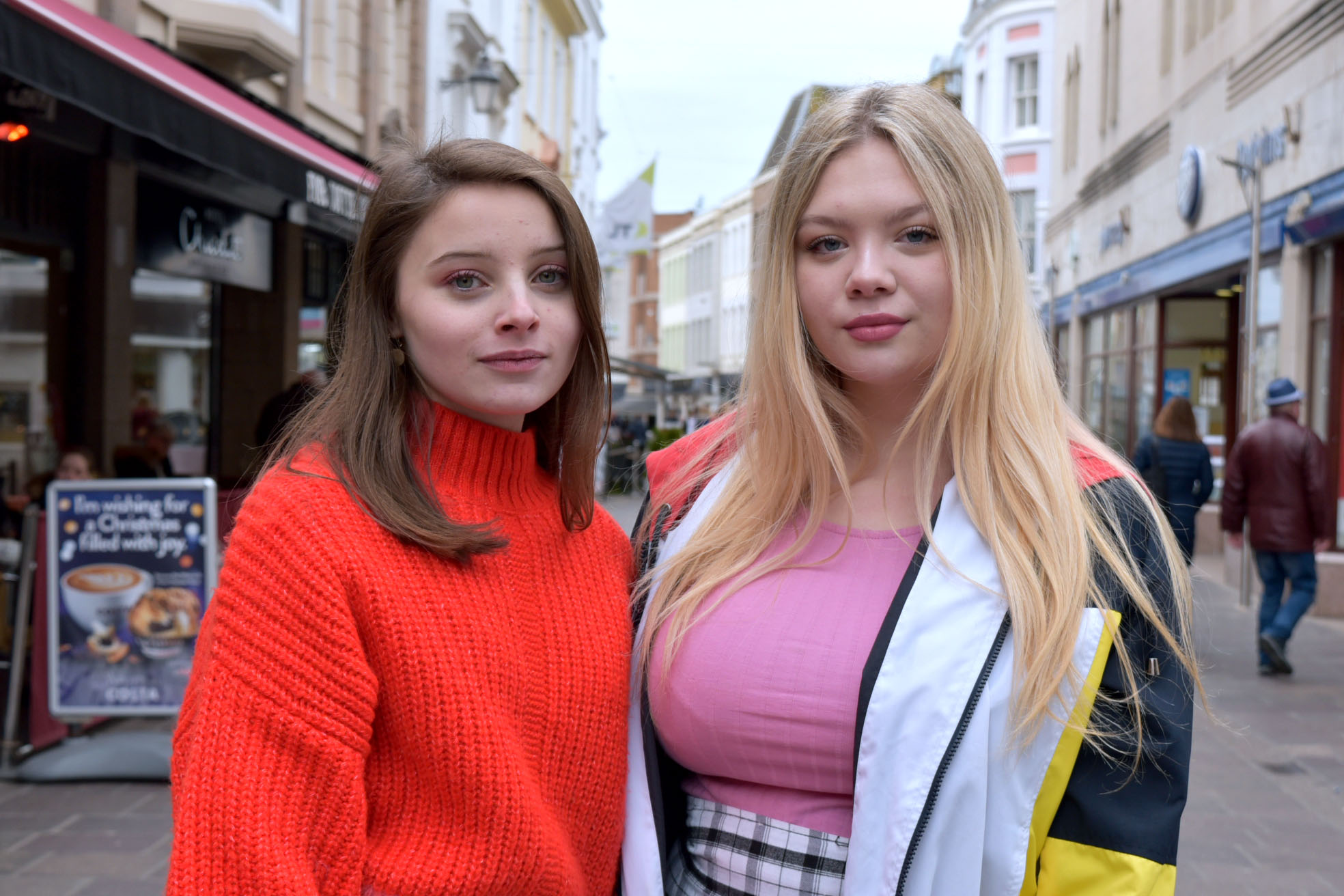
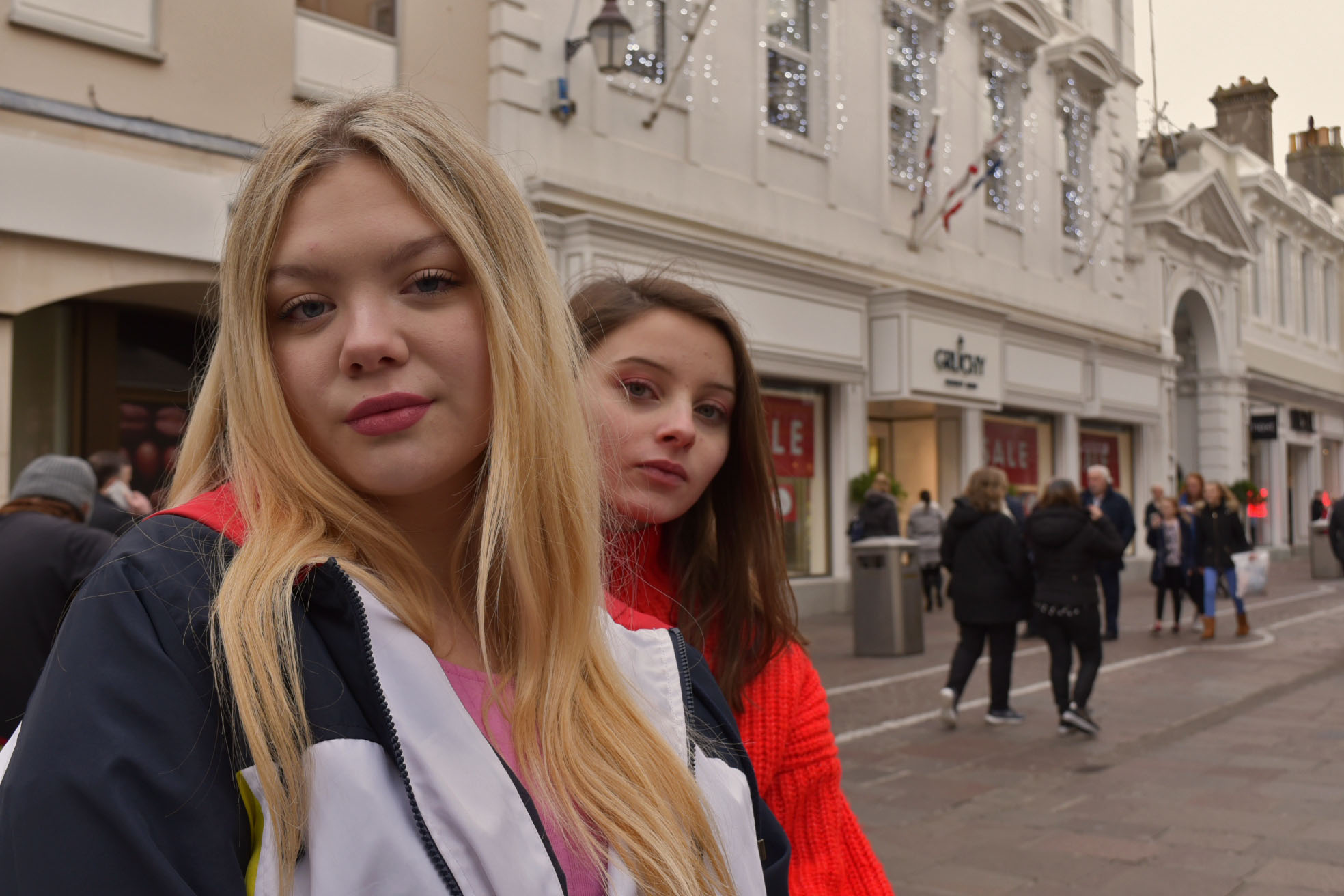
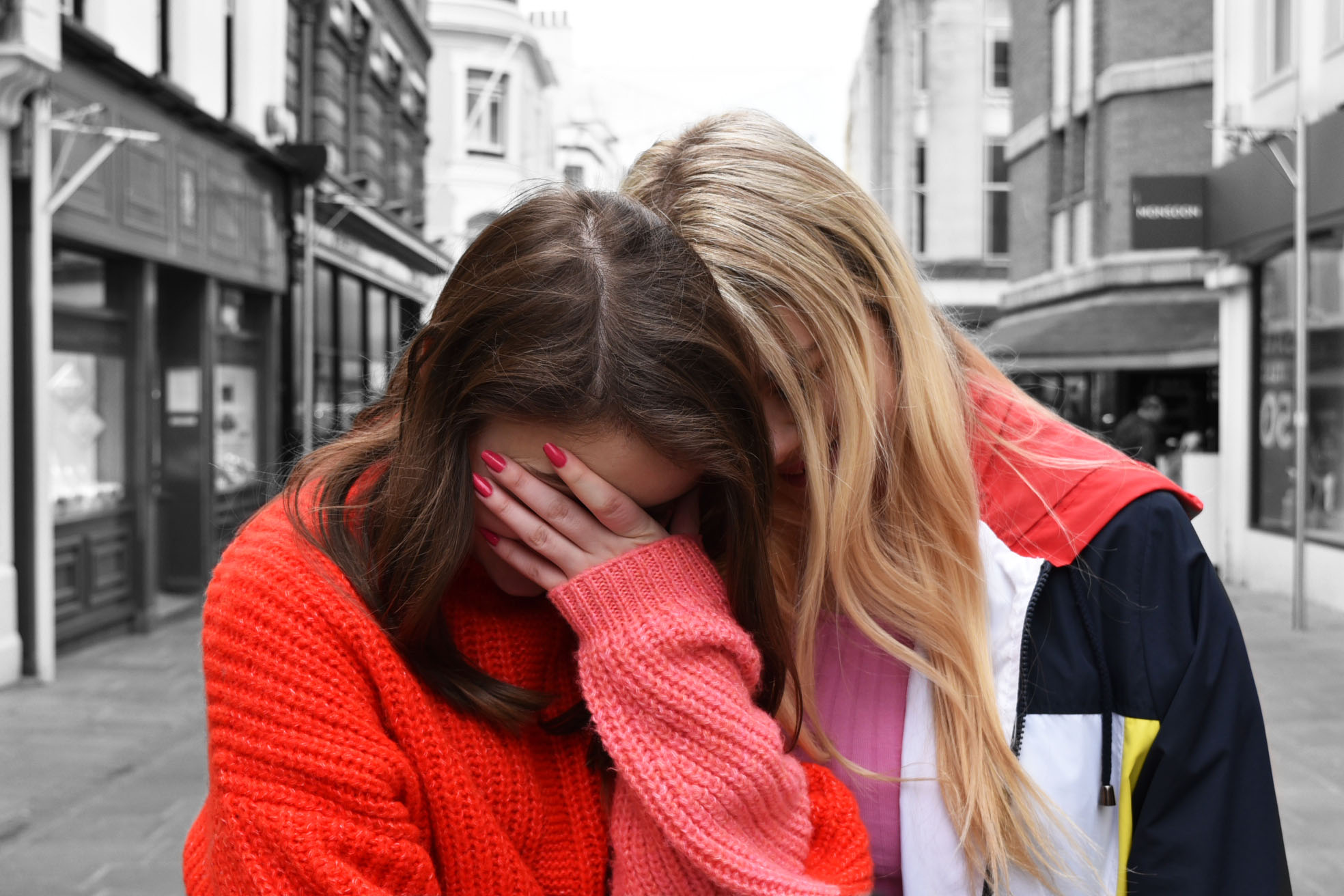

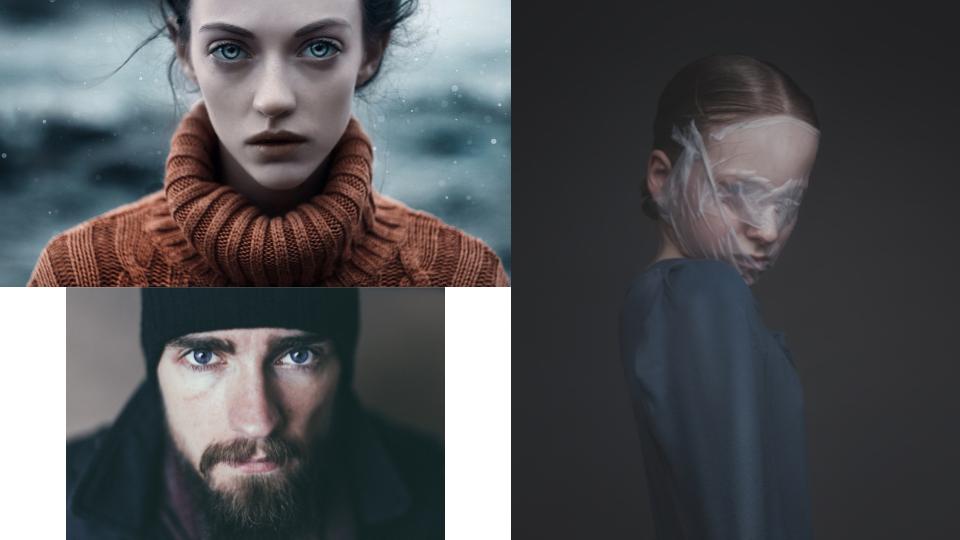
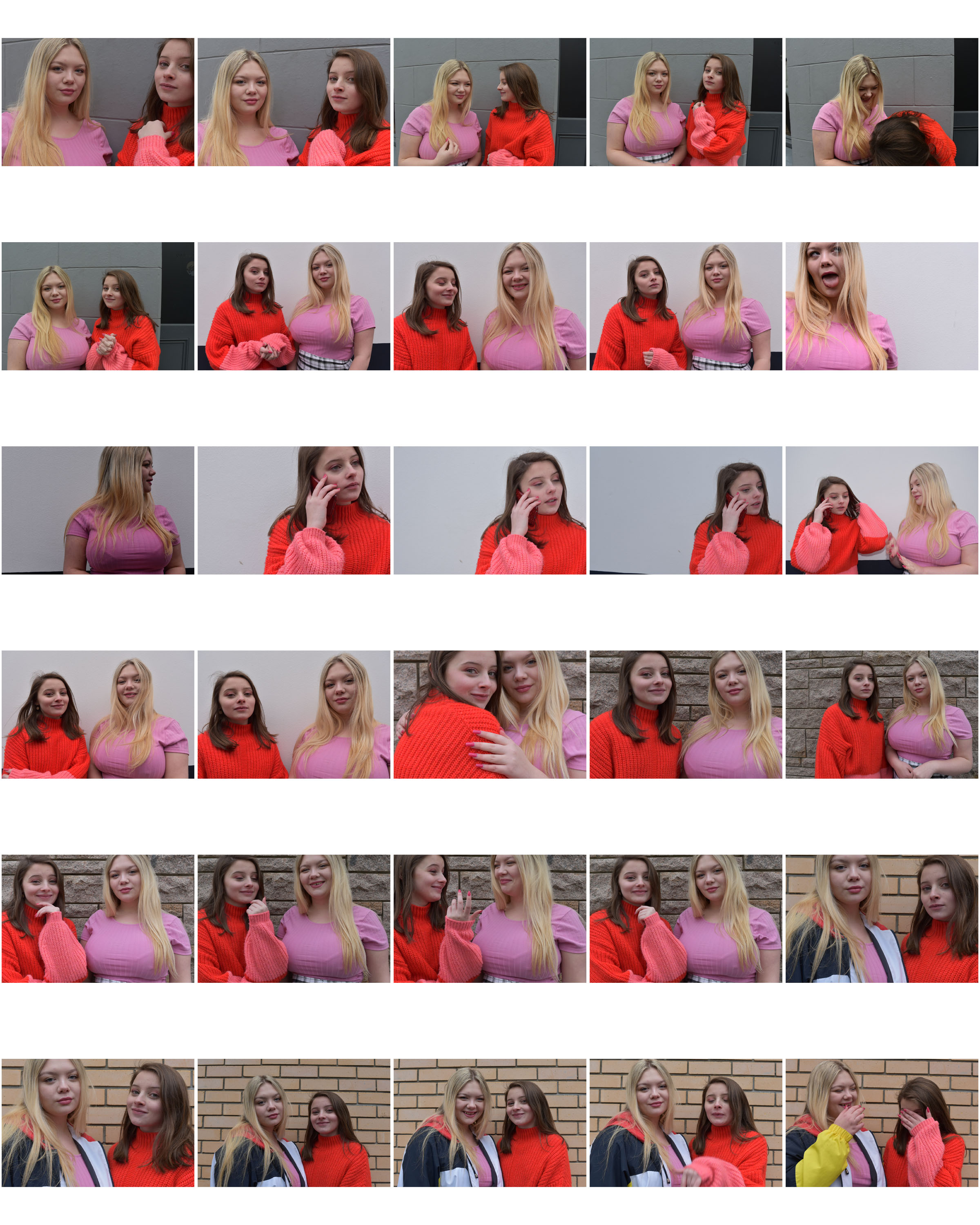
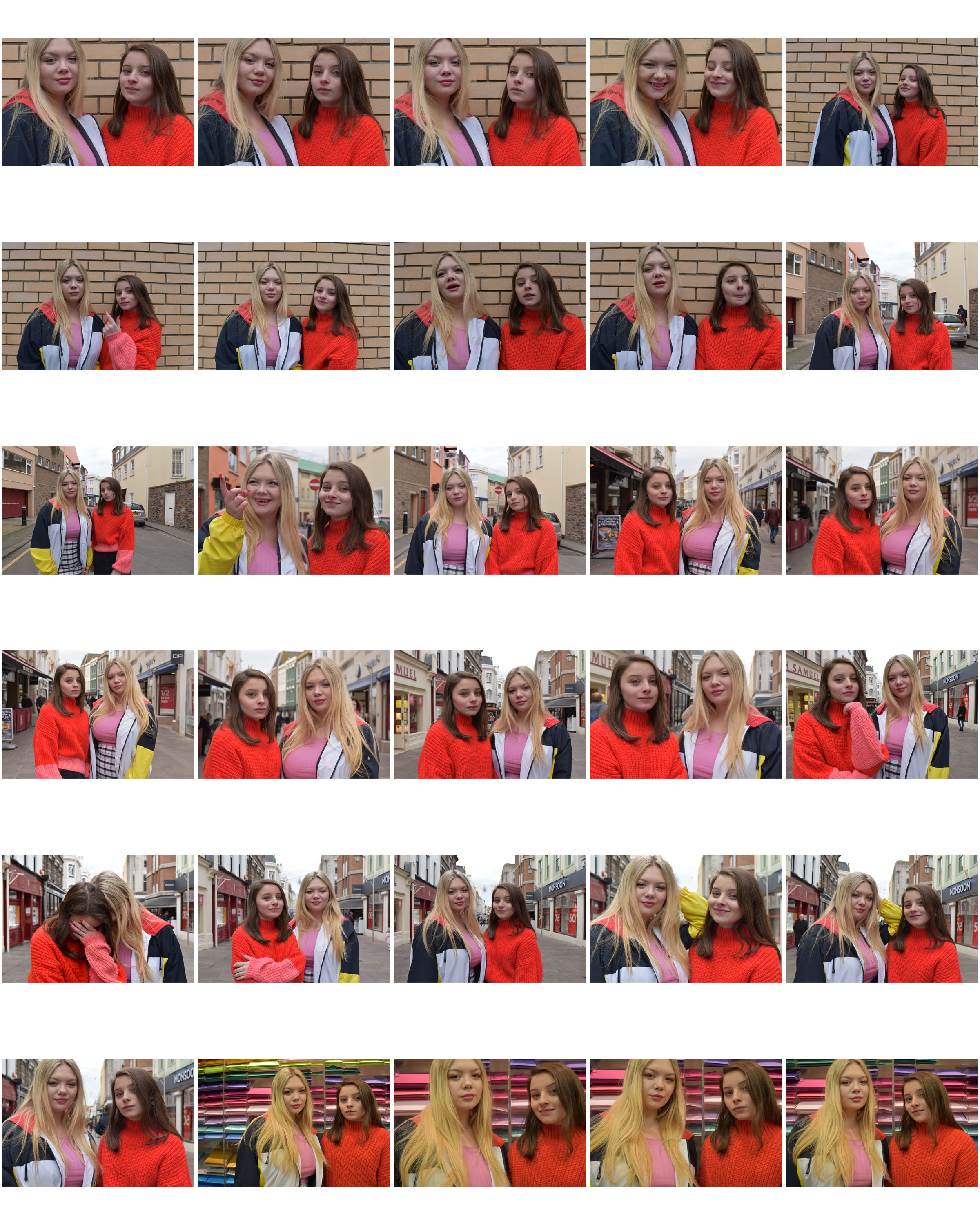
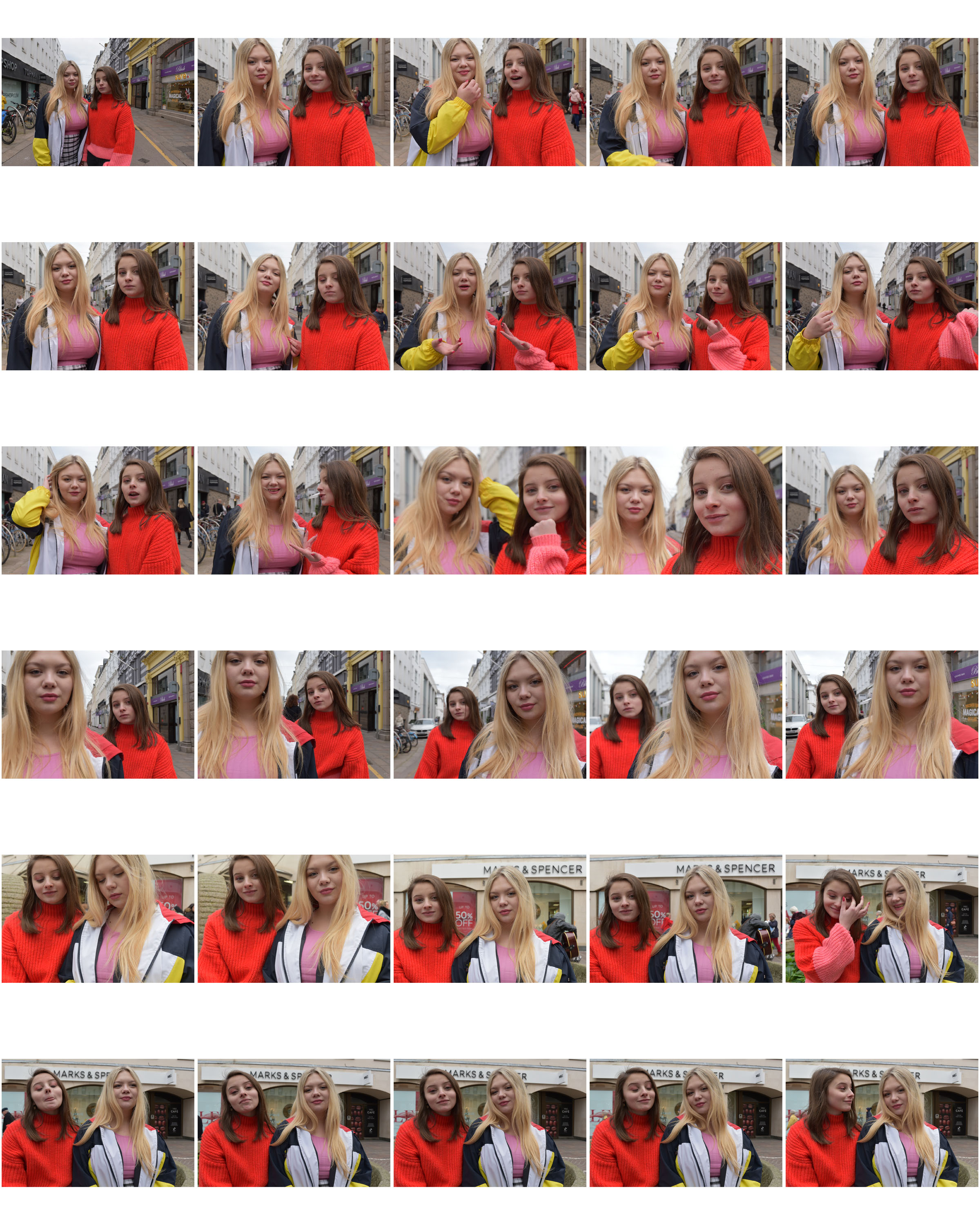

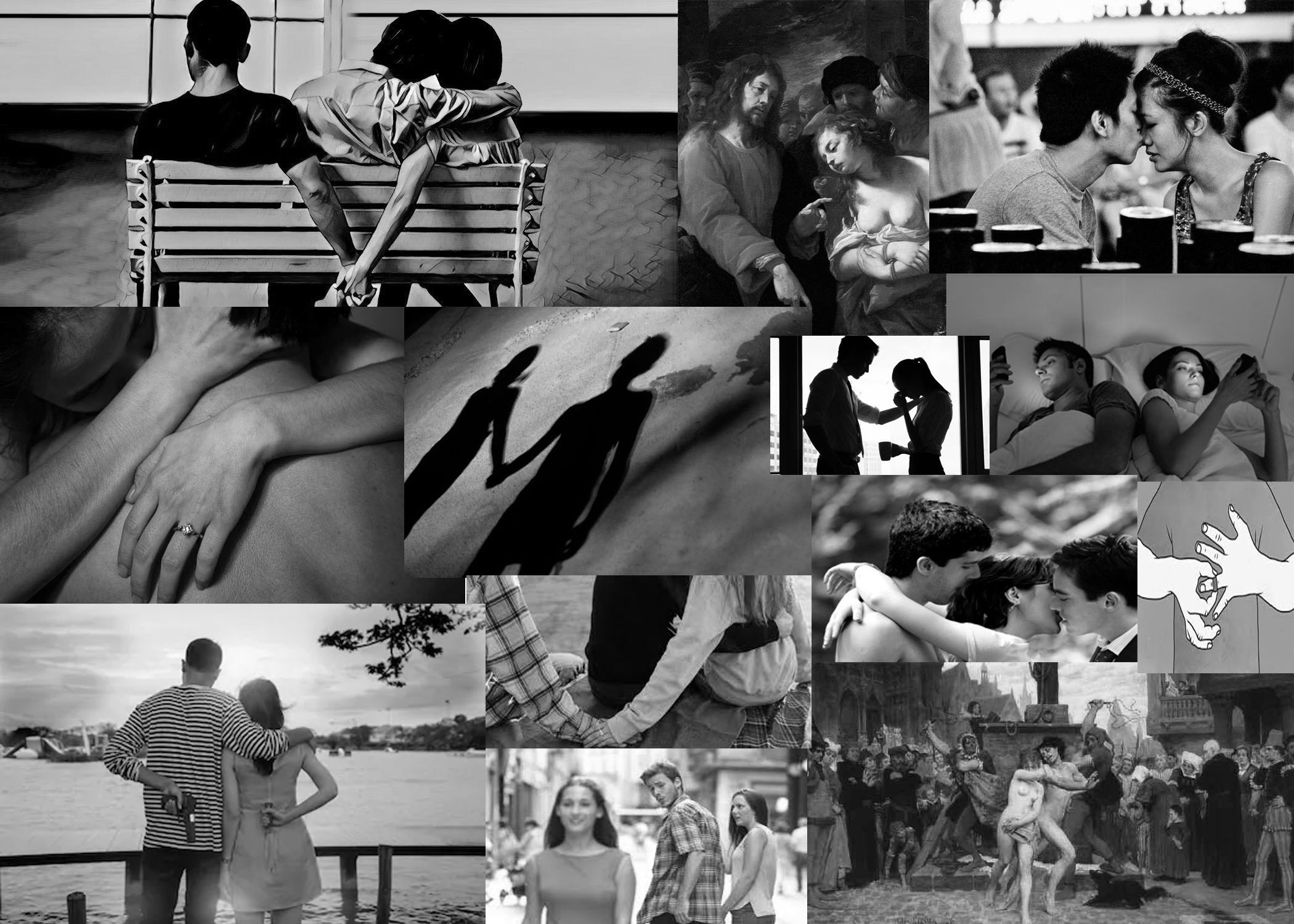
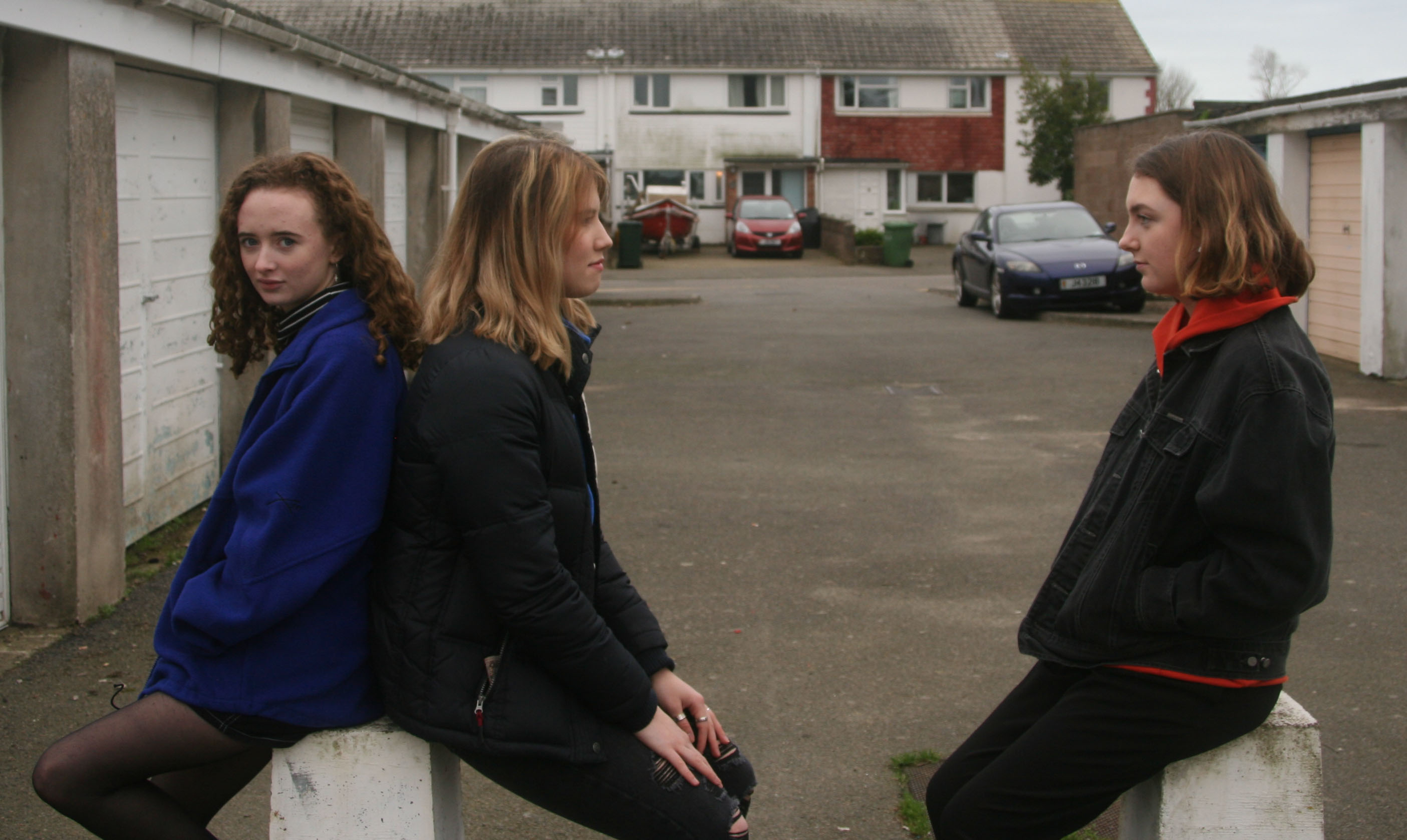

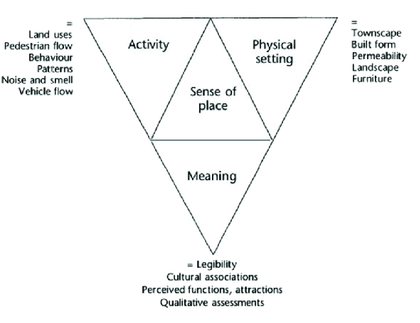
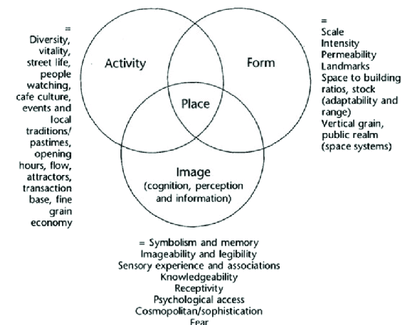



 Edit 2:
Edit 2:
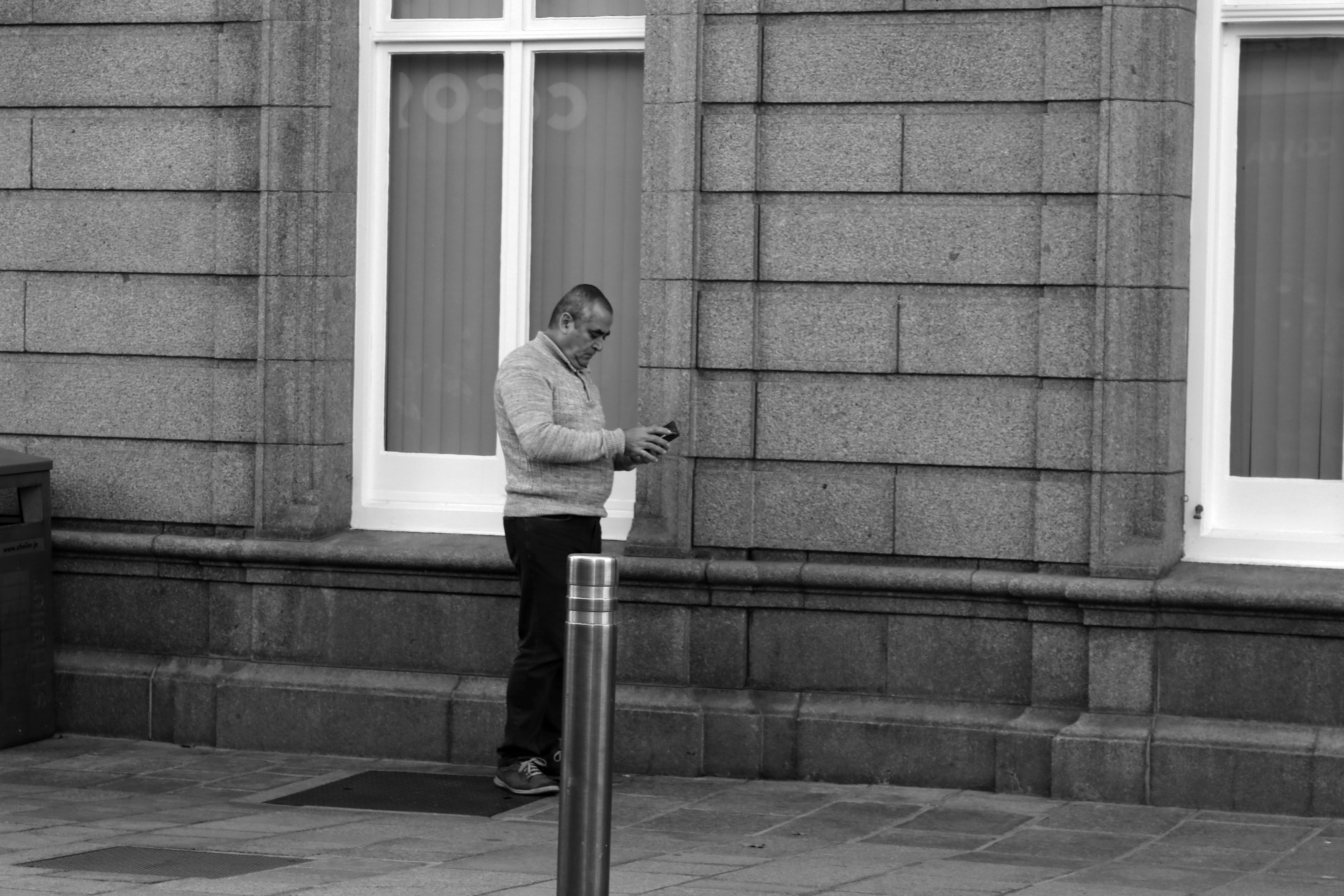 The first thing I did with all of these edits was to make the photos black and white, so that my edits would look as similar as possible to Cartier-Bresson. I then adjusted the amount of black and white in levels to create shadows in the photos and create better contrast. I also increase the contrast the emphasise the shadows and lighter parts of the photos. The brightness also got adjusted as most of the edits were a little overexposed when I edited the photos, so I decreased the brightness so the photo wouldn’t be too bright and overexposed.
The first thing I did with all of these edits was to make the photos black and white, so that my edits would look as similar as possible to Cartier-Bresson. I then adjusted the amount of black and white in levels to create shadows in the photos and create better contrast. I also increase the contrast the emphasise the shadows and lighter parts of the photos. The brightness also got adjusted as most of the edits were a little overexposed when I edited the photos, so I decreased the brightness so the photo wouldn’t be too bright and overexposed.